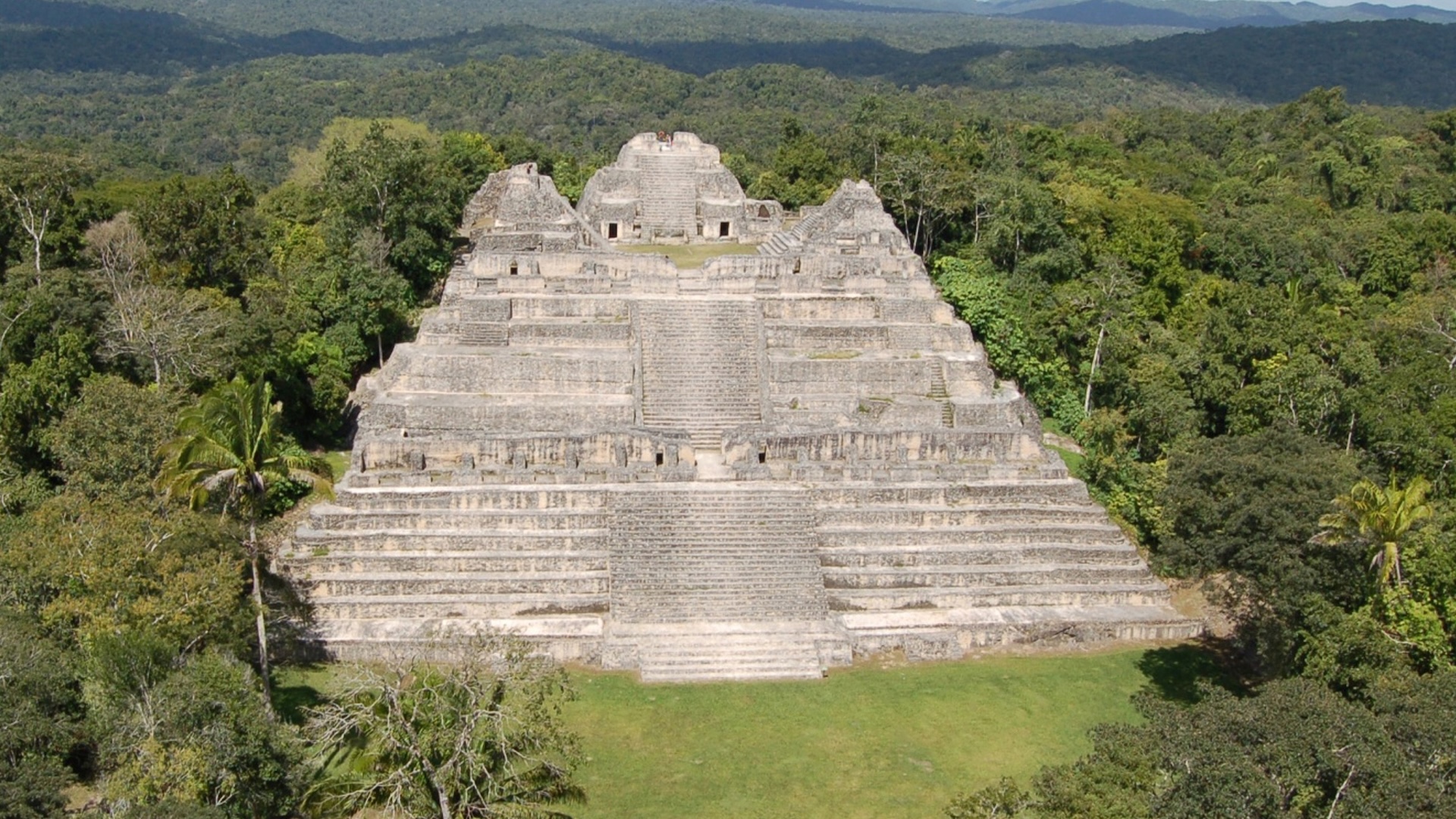1,600-year-old tomb of Maya city's first ruler unearthed in Belize

From reviving giant ancient birds to Earth's shifting poles, science explores our planet's past. Neolithic moms adorned baby carriers with dog teeth, while a 140,000-year-old skull sparks debate over human-Neanderthal ancestry, revealing fascinating glimpses into history and evolution.

All major sources, one page
Feel the mood behind headlines
Know what’s trending, globally
Get summaries. Save time
7,391
120
211
3 hours ago
Stay sharp in 60 seconds. Get concise summaries of today’s biggest stories — markets, tech, sports, and more
All major sources, one page
Feel the mood behind headlines
Know what’s trending, globally
Get summaries. Save time
7,391
120
211
3 hours ago
Stay sharp in 60 seconds. Get concise summaries of today’s biggest stories — markets, tech, sports, and more